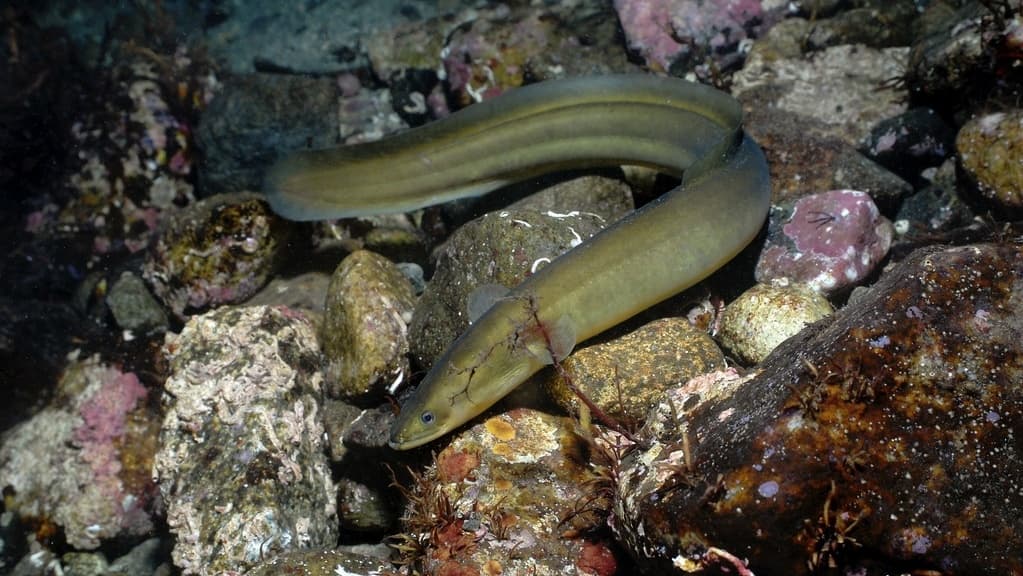The largest source of human impact on eel in inland waters is fishing and hydroelectric power plant turbines, which accounted for a mortality of 82 and 115 tons of eel, respectively, in 2023.
"The situation for eel in inland waters is the most critical. It is particularly important that the new management plan sets clear goals for how much eel should exist and limits for how much human impact is allowed on eel," says Rob van Gemert, researcher at the Department of Aquatic Resources at SLU, in a press release.
Along the coast, human impact on eel has decreased significantly and is now at a level that allows for recovery, according to SLU's updated assessment of the situation for the European eel in Swedish waters.
The European eel belongs to one and the same stock and has a complex life cycle. It is born at great depths in the Sargasso Sea in the Atlantic and drifts with the currents towards Europe's coasts. Some remain there, while others seek out freshwater, where they grow for many years before migrating back to the Sargasso Sea to reproduce and then die.
During their time in Europe, eel are exposed to human threats such as fishing, hydroelectric power plants, pollution, and climate change, which have led to a significant decline in the eel population throughout Europe. In 2007, the EU required all member states to develop and implement national eel management plans.





